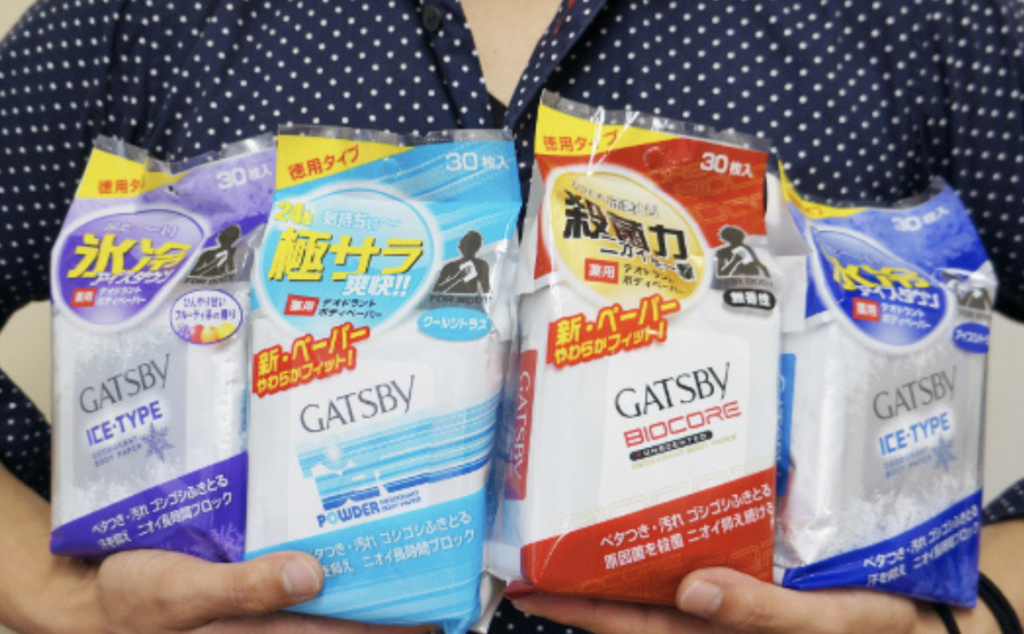Today it is HOT in Arizona, like most summer days. But in August the monsoon rolls in and so does the humidity. Things get sweaty. Sweat is obviously useful, an evolved mechanism that helps our “naked ape” species keep cool in hot/dry climates.
Sometimes sweat is seen as normal and expected, like during a gym workout. Yet not all sweat is socially acceptable. Anti-perspirants sell well in many places designed to stop underarm or foot sweat. Deodorant too, is about masking or neutralizing the unwanted smell of sweat. Too much sweat, sometimes any sweat, is viewed negatively.
Sweating can be seen as shameful, especially if combined with other social signals of being dirty or disgusting. This came our clearly in Cindi’s interviews with Japanese adults for our forthcoming book on living with weight. Women talked about men being disgusting if they were “sweaty”, but this disgust was most obviously targeting those who were also very overweight. Disposable “sweat sheets” or “body paper” are one of the commodities used in Japan to manage unwanted sweat. It has also come out in our ethnographic work around obesity in the US. Excess sweat was often discussed as a corollary of being “fat,” part of a physical cluster of “disgusting” traits (like being dirty and lazy) that attaches to larger bodies. Sweat, like body fat or body hair, is something one is meant to control adequately. Failure to do so signals moral failing. [And, it is the case that large bodies do actually sweat more than smaller ones under matched conditions; men don’t actually sweat more than women once you take body size into account.]

Japanese men’s “body paper”
So when does perspiration move from being a healthy glow to a disgusting sweat? What defines “normal” versus “unacceptable”? It does seem other cultural markers of the seating person’s social status matters here. For our Japanese informants, being large makes the sweat less tolerable, more disgusting. In our cross-cultural work we have also seen sweatiness being cognitively connected to homelessness and other forms of economic marginality, and judged as unacceptable as a result. So the answer is, it depends significantly on who is sweating. Social structure matters.
Orson Wells famously said of Rita Hayworth, “Horses sweat. People perspire. Miss Hayworth glows.” Maybe it is more that “disgusting” people sweat, “normal” people perspire, and the highest status glow. Sweat stains some, not all.

Rita Hayworth building up a glow with Fred Astaire.